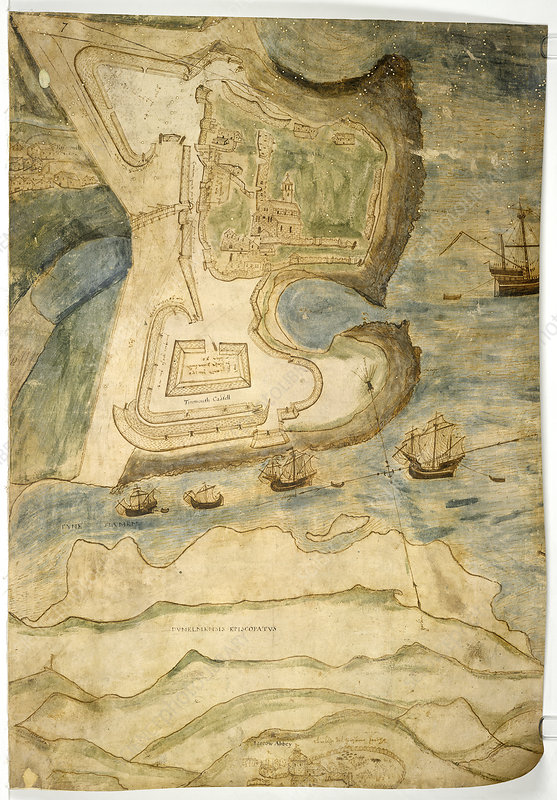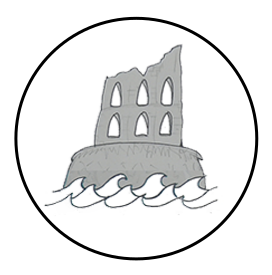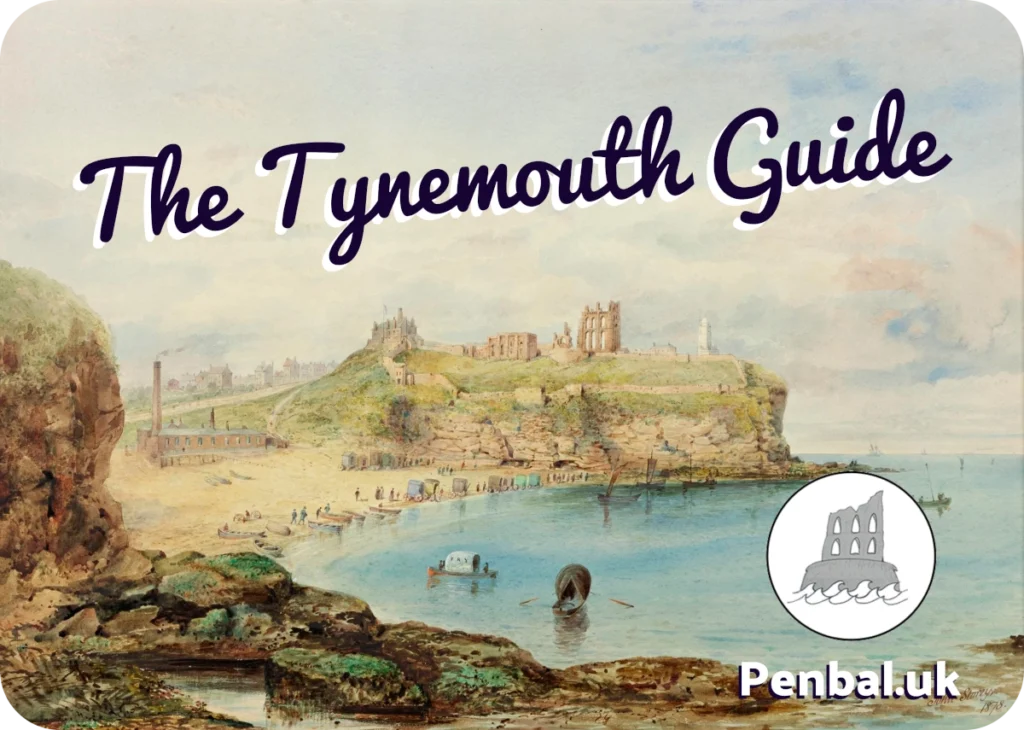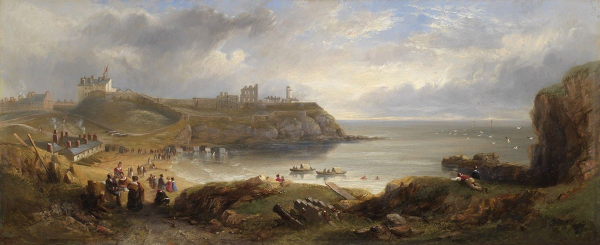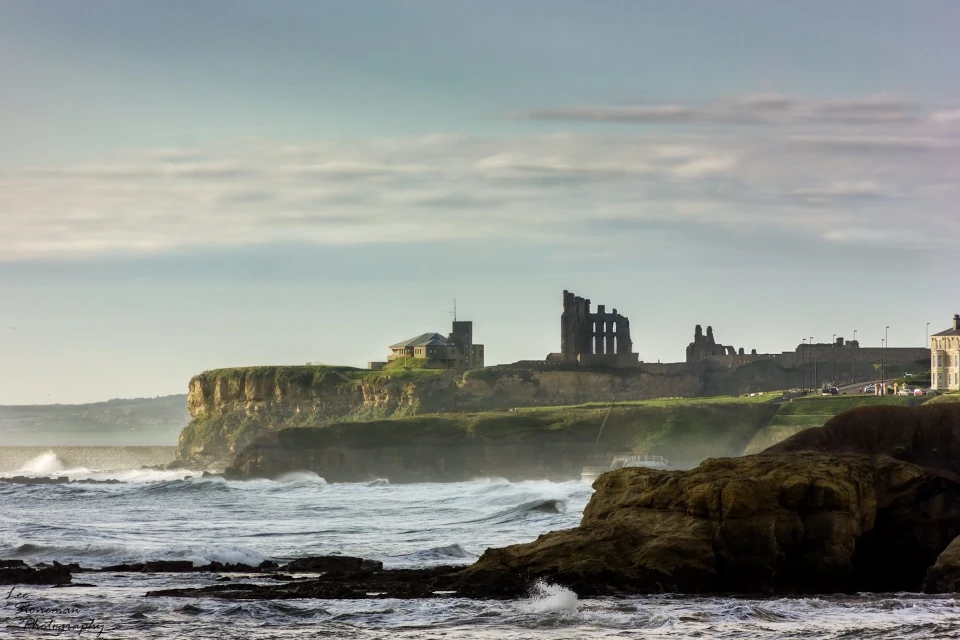Tynemouth Guide
Prior’s Haven
27. Early Days
Today, people mainly associate the Longsands with Tynemouth. But in the past, the Haven was Tynemouth’s most popular spot for visitors and bathers. This is because before the railway was built, getting to Tynemouth was a rather more difficult task and was the preserve of people with higher incomes and leisure time at their disposal. In the 18th and 19th centuries, people would typically arrive at the Haven by boat and when steam vessels were in use, they would land at either Rogerson’s Jetty that ran out from the Spanish Battery, or at the Pier, just past where the four posts remain today.
The Victorians understood the health benefits of hold and cold bathing and the Haven was home to two immensely popular enterprises related to this. These were the donkey-pulled bathing machines and covered boats owned by the Fry family (see also: Longsands Lost Features), as well as the hot and cold salt water baths which were situated on the grassy area behind the Sailing Club. There is still a cast iron pipe for the baths that you can see on the beach at low tide.
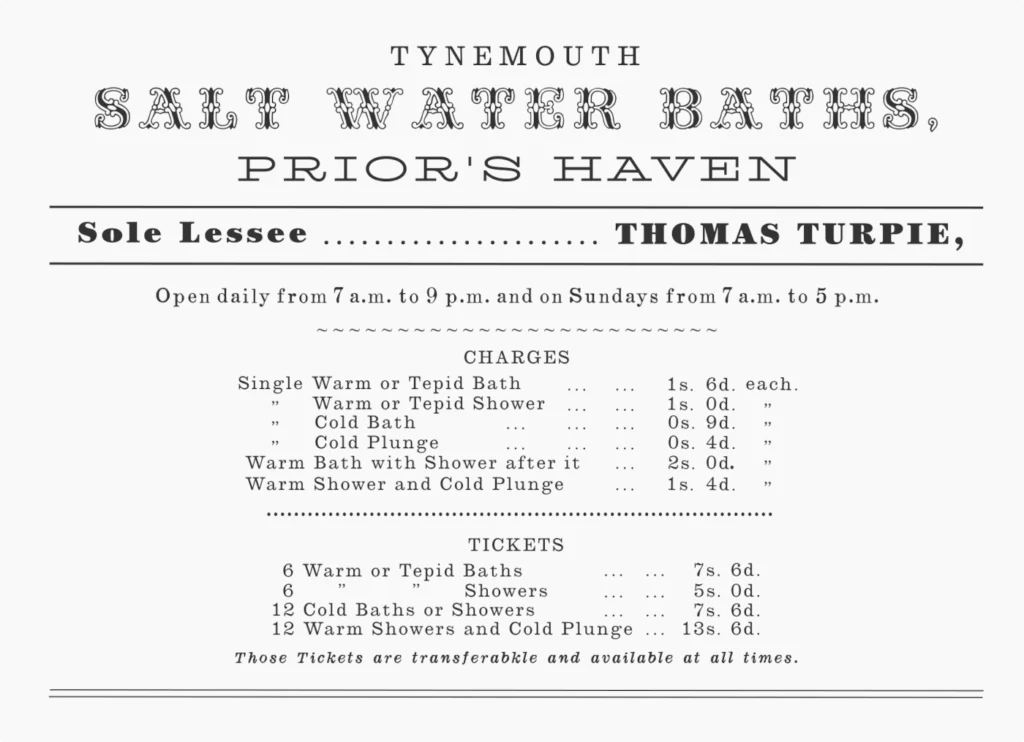

28. Pier
In total it took 56 years to complete the North Pier. The first one was started in 1854 and took 44 years to build, but it was destroyed in a storm. The Tyne Improvement Commission, forerunner of the Port of Tyne Authority, then had to start construction from scratch, so it wasn’t fully finished until 1903.
The scale of the structure and the adversity involved made the building of the North Pier one of the most mammoth engineering feats in the country at the time. Because the Pier takes the full force of the North Sea, it had to be made significantly bigger than the slightly longer South Pier. The distance between the two at the entrance is 360 yards.
If you keep your eyes peeled as you walk along the Pier, you will come across a ceramic doll’s head buried in the cement between two of the granite blocks. It was inserted there as a Victorian curiosity and it is apparently good luck to touch it. There’s a very worn counterpart at the end of the South Pier as well.
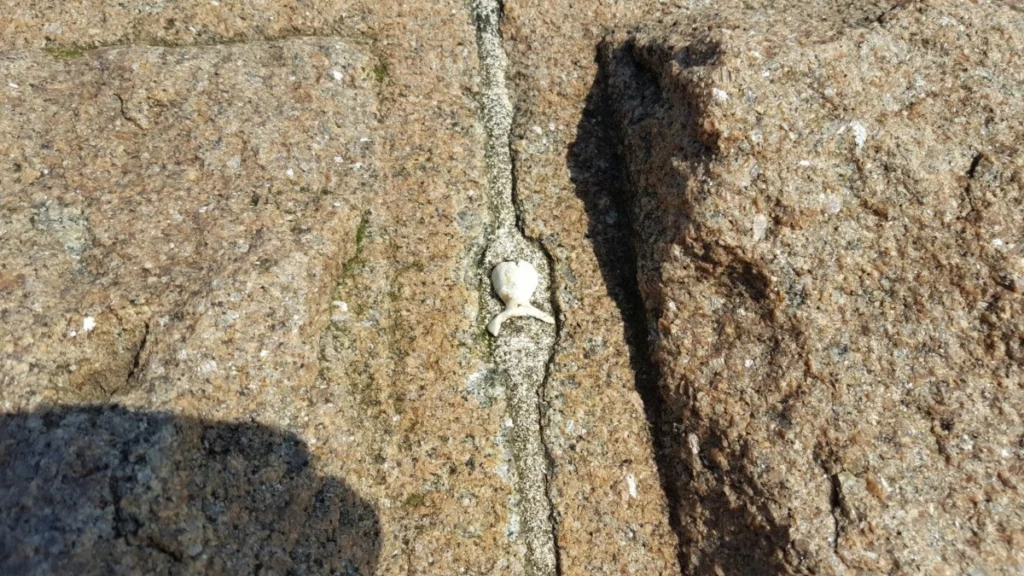
29. Spanish Battery
The original name for the headland is Freeestone Point, but is known as the Spanish Battery because in Tudor times it was first fortified and manned with a garrison of Spanish mercenaries. This was during the Rough Wooing, whereby England were allied with Spain against France in order to force Scotland to come under the sway of Henry VIII. The Spanish officers, Julian Romero, Pedro de Gamboa and Pedro de Negro were all in the employ of Henry at this time and in total there were 1300 Spanish soldiers at various points in Northumberland.
These early defences are depicted on the earliest map of Tynemouth, the Scala Plan from 1545. It is also in this year that the famous flagship, Mary Rose, is recorded as having anchored in the Haven (pictured?) as part of Henry’s fleet for the invasion of Scotland.
